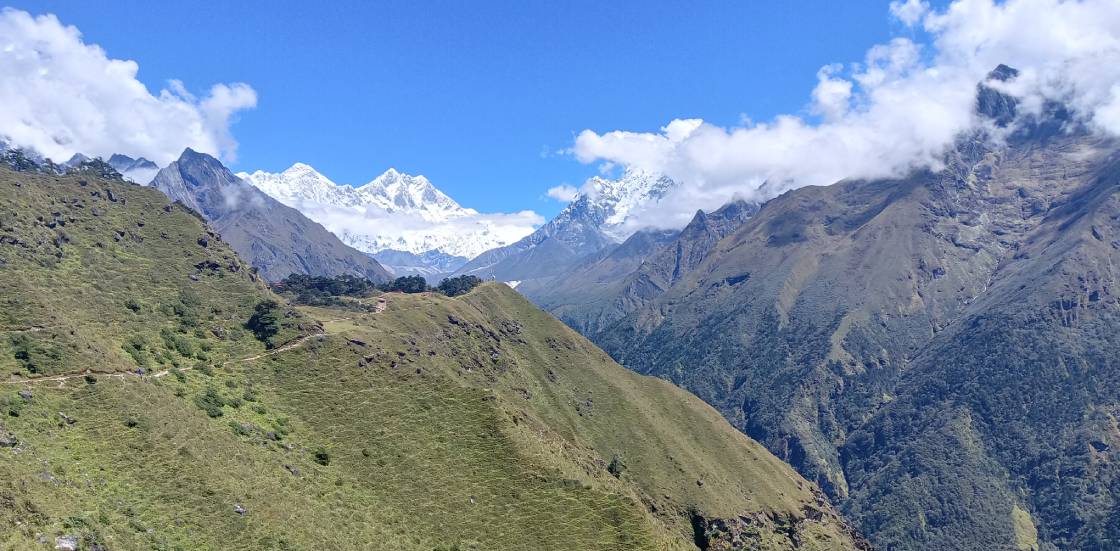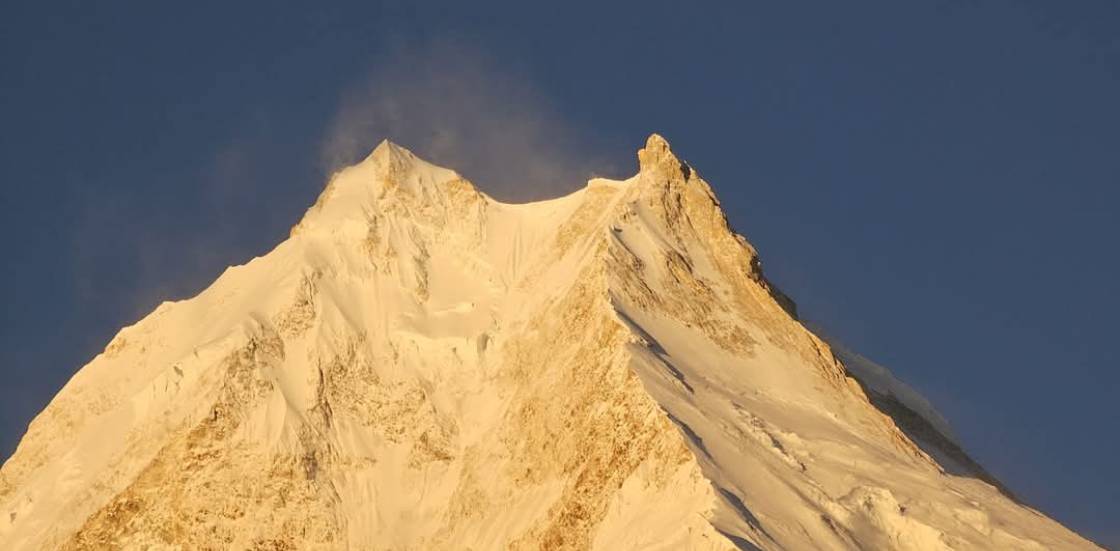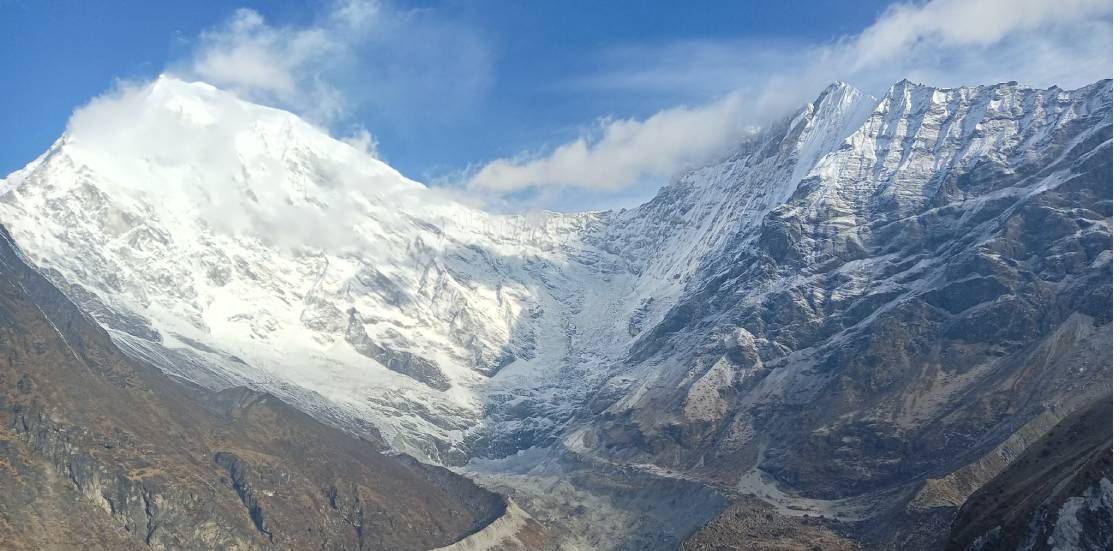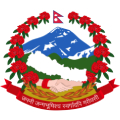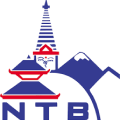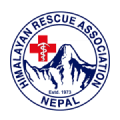ABC Trek Via Ghorepani
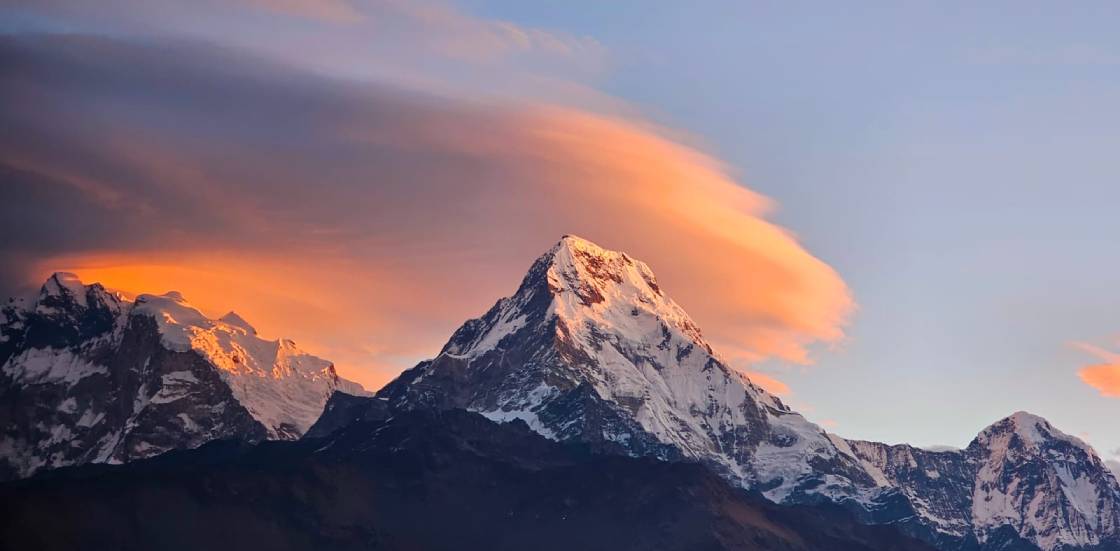
Trek Duration
15 days
Best time to go
Sep-Nov, Mar-May
Group Size
1-15 People
Max Trekking Altitude
4,130 meter
Accommodation
Teahouse
Trek Grade
moderate
Area
Annapurna Region
Hours of Walking
5-9 Hours per day
Start point - End point
Kathamndu
If you’re dreaming of standing beneath towering Himalayan peaks and walking through peaceful mountain villages, the ABC Trek Via Ghorepani is an adventure you won’t forget. This route is a beautiful mix of dramatic landscapes, rich cultures, and that special sense of freedom you only find on the trail. It’s one of Nepal’s most beloved treks—and for good reason. Everything starts in the colorful chaos of Kathmandu, where ancient temples meet lively markets. After taking in the energy of the city, a scenic drive (or a short flight) brings you to Pokhara, a laid-back lakeside town that feels like a deep breath of fresh air. From there, the real trek begins.
A short drive to Nayapul drops you off at the trailhead, where the first steps take you into green hills, stone paths, and local villages that look like they haven’t changed in generations. You’ll pass through Tikhedhunga and then start the long, steep climb to Ulleri—don’t worry, the mountain views and warm smiles from locals help power you up each step. Soon, you’ll be surrounded by thick rhododendron forests, especially magical in spring when the flowers are in full bloom. Ghorepani is your reward at the end of the day—a mountain village perched on a ridge, with panoramic views waiting outside your teahouse window.
Then comes one of the trip’s biggest highlights: an early morning hike up to Poon Hill. As the sun rises over the Annapurna and Dhaulagiri ranges, the sky glows pink and orange, casting golden light over the snow-capped peaks. It’s pure magic. From there, the trail leads to Tadapani, through more forests and occasional mountain clearings that make you stop in your tracks. The next destination is Chhomrong, a charming Gurung village with teahouses overlooking the giants of the Annapurna range. This village is also the starting gate to the sacred Annapurna Sanctuary.
The path winds up and down, crossing rivers and bridges, weaving through dense bamboo forests before reaching a quiet village called Bamboo. From here, things feel more remote. As you move past Dovan and Deurali, the trees thin out and the mountains feel closer. You’ll spot glaciers, steep cliffs, and icy streams. The trail leads to Machapuchare Base Camp, where you’ll rest with Fishtail Mountain watching over you. The final push to Annapurna Base Camp (ABC) is gentle but emotional. At 4,130 meters, you’re completely surrounded by towering peaks—Annapurna I, Hiunchuli, and Machapuchare all stand like silent guardians. The air is cold and crisp, and the sense of achievement is something you’ll carry with you forever.
After soaking in the beauty (and probably taking hundreds of photos), the descent begins. Retrace your steps through the sanctuary, with new views and different light making everything feel fresh again. When you reach Jhinu Danda, a surprise treat awaits—natural hot springs! Sitting in warm water beside a rushing river, surrounded by jungle, is the perfect way to end a long day on the trail. Finally, you make your way back to Nayapul and return to Pokhara, where cold drinks and lakeside sunsets are your reward.
Every day on this trek offers something special. You’ll pass colorful prayer flags fluttering in the breeze, share hearty bowls of dal bhat with new friends, and hear laughter echoing from village children. It’s not just about the mountains—it’s about the connection you form with the people, the culture, and yourself. Your guides and porters are more than just staff—they’re companions with stories, smiles, and incredible resilience. You’ll likely leave with friendships that last far beyond the trail.
The trek is moderately challenging, so you don’t need to be a mountaineer—but some preparation helps. Expect to hike 5 to 7 hours most days, with plenty of breaks and stunning views to keep you going. Acclimatization is built into the route, so you can adjust to the altitude gradually. Spring (March to May) and autumn (September to November) are the best times to go—clear skies, stable weather, and vibrant colors make everything feel alive. In spring, the forests light up with rhododendron blooms. In autumn, the air is crisp and the mountain views are unbelievably sharp.
To trek in this region, you’ll need two permits: the Annapurna Conservation Area Permit (ACAP) and the TIMS card. These help maintain the trails and ensure safety. Packing smart is key—bring layered clothing, a good sleeping bag, a sturdy pair of hiking boots, and don’t forget a rain jacket. Teahouses along the way offer basic but cozy accommodation, with warm meals, hot tea, and even charging points in some places.
Most travelers choose to hire local guides and porters—and that’s not just about convenience. It’s a way to support the local economy and add depth to your journey. Your guide will point out things you’d miss on your own, explain local customs, and maybe even teach you a few Nepali phrases.
In the end, the ABC Trek Via Ghorepani is more than a walk through mountains. It’s a personal journey—through forests, across rivers, up stone staircases, and into the heart of the Himalayas. It gives you time to disconnect, to breathe, to feel small and inspired all at once. This trail doesn’t just take you to base camp—it brings you closer to nature, and maybe even to a deeper part of yourself.
Itenary
Cost Include
- Airport pick-up and drop in a private vehicle
- Full day city tour with Tour guide and private vehicle
- Transportation by Tourist bus from Kathmandu-Pokhara-Kathmandu
- Private Car/Taxi/Jeeb/Bus from Pokhara-Nayapul-Pokhara
- 3-night hotel accommodation on twin sharing basis in Kathmandu with Breakfast
- 2-night accommodation in Pokhara with breakfast
- Tea house accommodation during the trek
- All meals (breakfast, lunch, and dinner) during the trek
- Safe drinking water during the trek
- An experienced, English-speaking and government-licensed trekking guide & necessary porters (2 trekkers: 1 porter)
- Staff costs including their salary, insurance, equipment, food, transportation, and accommodation
- Down jacket, trekking poles and sleeping bag if required (need to return after the trip completion)
- Trekking Duffel bag and trekking route map
- All necessary paperwork and trekking permits (ACAP, TIMS)
- Medical kit (carried by your trek leader)
- All government and local taxes
- Farewell dinner in Kathmandu
Cost Exclude
- International airfare
- Nepalese visa fee
- Lunch and dinner in Kathmandu and Pokhara except special special Dinner
- Monuments entrance fees during your city tour ($25 each)
- Extra night accommodation in Kathmandu and Pokhara in case of early arrival, late departure, and early return from the mountain (due to any reason) than the scheduled itinerary
- Travel and rescue insurance
- Personal expenses (phone calls, laundry, bar bills, battery recharge, extra porters, bottle or boiled water, shower, etc.)
- Tips for guide and porter(s)
- Any others expenses which are not mentioned in our Price Includes section.
FAQs
The Annapurna Base Camp (ABC) Trek is one of the most popular and scenic trekking routes in Nepal, taking you deep into the heart of the Annapurna Himalayas. The trek leads to Annapurna Base Camp at an altitude of 4,130 meters (13,550 feet), surrounded by towering peaks like Annapurna I, Machapuchare (Fishtail), Annapurna South, and Hiunchuli. It typically starts from Pokhara and passes through charming Gurung and Magar villages, terraced farmlands, and lush rhododendron forests.
The Annapurna Base Camp (ABC) trek via Ghorepani typically takes about 10 to 13 days to complete. This route includes a scenic detour through Ghorepani and Poon Hill, offering stunning sunrise views of the Himalayas before heading toward Annapurna Base Camp at 4,130 meters. The trek combines gradual ascents, cultural villages, and lush forests, making it a well-paced and rewarding journey through the Annapurna region.
On the Annapurna Base Camp (ABC) trek, the highest point you’ll reach is Annapurna Base Camp itself, at 4,130 meters (13,550 feet) above sea level. Along the way, you’ll also pass through Machapuchare Base Camp (MBC) at around 3,700 meters (12,139 feet), which is often used as a stop before reaching ABC. While the altitude is not as extreme as in some other Himalayan treks, it’s still important to ascend gradually and stay properly acclimatized to avoid altitude sickness.
The Annapurna Base Camp (ABC) trek via Ghorepani is considered a moderate trek in terms of difficulty. It doesn’t require technical climbing skills, but it does involve long daily walks, steep ascents and descents, and trekking at high altitudes up to 4,130 meters. The route includes stone staircases, forested trails, and sometimes snowy or slippery paths, especially near base camp. The added Ghorepani and Poon Hill section introduces more climbing but also allows for better acclimatization and more gradual altitude gain. Trekkers with a good level of fitness and some hiking experience can complete this trek comfortably. Proper preparation, pacing, and staying hydrated are key to enjoying this scenic and rewarding journey.
Tea houses along the Annapurna Base Camp (ABC) trek via Ghorepani are well-established and provide comfortable accommodation and meals throughout the journey. These lodges offer basic but cozy rooms, usually with twin beds, warm blankets, and shared bathrooms. In lower villages like Ghorepani and Chhomrong, tea houses tend to be more comfortable, sometimes with hot showers, Wi-Fi, and charging facilities (often for an extra fee). As you get higher, especially near Machapuchare Base Camp and Annapurna Base Camp, the tea houses become more basic, with limited amenities and slower internet or power access due to the remote location. Meals are hearty and carb-rich, including dal bhat, pasta, noodles, soups, and sometimes bakery items. Overall, tea houses on this route offer a welcoming atmosphere and a chance to connect with fellow trekkers, making the trek both enjoyable and culturally enriching.
During the Annapurna Base Camp (ABC) trek via Ghorepani, you’ll find a variety of simple but nourishing meals served at tea houses along the route. The most common and recommended dish is dal bhat, a traditional Nepali meal consisting of rice, lentil soup, vegetable curry, and pickles — it’s all-you-can-eat at most places and packed with energy. Other food options include noodles, fried rice, pasta, momos (dumplings), soups, eggs, pancakes, and Tibetan bread. Breakfasts often include items like porridge, toast, omelets, and tea or coffee. While meat may be available in lower villages, it’s best to avoid it higher up, as refrigeration is limited. Snacks like biscuits, chocolate bars, and soft drinks are sold along the trail, though prices increase with altitude. Overall, the food is basic but filling, designed to keep trekkers fueled and satisfied throughout the journey.
